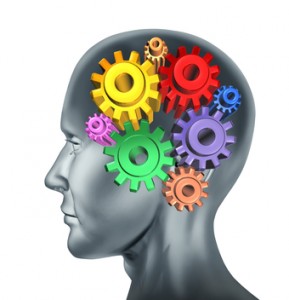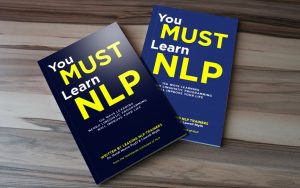To make sense of the world, our first filtering system is based on our five senses – what you see, hear, taste, touch and smell. Automatically when something comes into your conscious or unconscious awareness it triggers an internal response which ultimately leads to an outcome or behaviour; and eventually the mind stores the event as a memory.
Our memories then act as filters for future reference and for filtering the world around us.
Interestingly, the mind not only stores the whole memory, but also stores components of the memory in different ways. NLP has tapped into an idea and concept that was originated by American Psychologist William James in the late 1800’s. He hypothesised, and later identified that when our eyes move in different directions, we are actually accessing different types of information.
It seems that our brain dissects a memory and stores the visual, auditory, kinaesthetic (feeling) and internal dialogue (your own self talk) as separate components which add to our filtering process.
So, through watching someone’s Eye Accessing Cues you are able to identify how a person is processing information – if they are making a decision for example, based on what they see, what they hear, what they feel or the logic they are telling themselves.
This non-verbal information helps in communication in a few ways.
First, it allows you to ask better questions; if you observe someone looking to their Auditory Recall space while saying “I can’t do that” – you can ask “who told you that?”.
Second, it will help you to help others move out of stuck states; if someone is having a hard time creating goals and imagining the future and you see their eyes in the kinaesthetic space, you can ask them to look into the visual area and begin to dream and imagine.
Third, it will help you to identify key strategies for decision making and more. If I am wanting to influence someone in a positive way and while they are making a decision I see their eyes move to their internal dialogue area, I want to appeal more to their logic. On the other hand, if their eyes move first to the kinaesthetic area, I may want to appeal more to their emotions.
Not only is watching a persons eye movements a great tool for improving communication by understanding how someone is processing information – it’s a great party trick that everyone should have!








